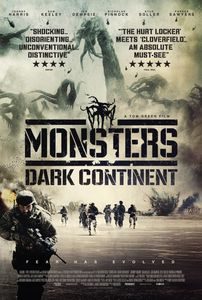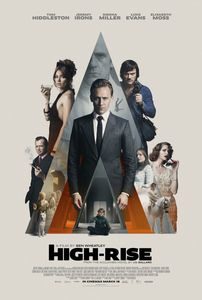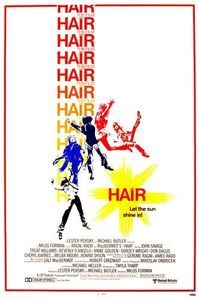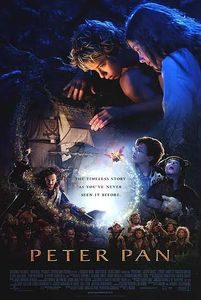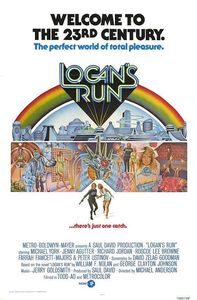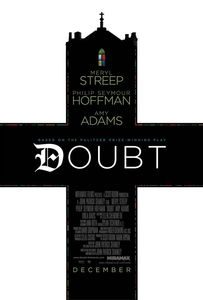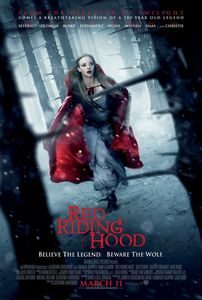Crown Business, 2013 (2014 reprint), 320 pages, C$23.00 hc, ISBN 978–0307951618
You may think that Lego (the brick, the toy, the brand!) is as eternal as anything else. After all, the Lego brick has existed in its current form since 1958, and we’re now seeing fourth-generation Lego fans putting together their first Duplo sets. Thanks to the movies, the videogames, the omnipresent sections in Wal-Mart, Toys-R-Us and every single other toy retailer, Lego appears permanent, immutable—a comforting island of stability in our ever-changing world.
But hang around Lego-related forums long enough, and you will hear a variation on the following story:
In 2003, Lego was six months away from bankruptcy. They’d brought in some MBA CEO to boost profits, but they didn’t know what they were doing and started doing things that weren’t even related to Lego. They had so many different pieces that they sold sets for less than they cost to make. So they booted out the CEO, got back to their roots and Lego became profitable once again.
(A more detailed account can be found on/r/lego/)
It’s a nice story. But it’s never mentioned in official hagiographies such as Dorling Kindersley’s The Lego Book. It’s barely mentioned in more generalist overviews such as A Million Little Bricks: Even in so-called histories of the company, people would rather read about the fun factor of toys than be serious about how Lego lost its way and almost went out of business.
That’s too bad, because there’s a big box of lessons to be learned from Lego’s near-death experience. It’s a complicated story (far more than the above tidy summary may suggest) with elements of irony, comeuppance, resilience and cognitive breakthroughs. Fortunately, David Robertson and Bill Breen took it upon themselves to dig deep into Lego’s recent corporate history and tell us about it in Brick by Brick.
So here’s the longer summary of the story of Lego’s near-death experience: In the late nineties, after a bad 1998 in which Lego posted its first-ever losses, the company took a look at the state of the toy industry and got very worried. Experts were telling them that with the rise in videogames and the shortening of childhood, physical toys such as Lego were doomed to irrelevance. Boys wouldn’t want to play with bricks to build stuff in a creative way: they wanted immediate gratification, stories and game-inspired play. So Lego did what nearly every reasonable business does: it followed the experts and bought heavily into the innovation mantra. They decided to launch several major game-changing projects at once. In doing so, they de-emphasized the Lego brick in favour of action figures, videogames, and simpler construction sets.
It didn’t work. Fans rebelled against the Znap, Primo, Scala and Gallidor lines. The first videogame went nowhere. Lego bet big on Star Wars and Harry Potter sets in a year when new movies in those series weren’t even released. Toy retailers told Lego that the company was arrogant, didn’t listen and didn’t know their own business as well as the people selling Lego sets. A financial study of the company showed that Lego itself did not know how much its playsets cost to make, and that its parts inventory was unmanageable. By 2003, compared to traditional investments, the company had lost “half a million dollars per day, every day, for ten years” [P.68]. While “six months to bankruptcy” is nowhere to be found in Brick by Brick, there’s a passage making it clear that within months, the company was expected to be sold to a larger toy manufacturer: “We didn’t know if we would make it through the year.” [P.99]
But then something remarkable happened: Lego started facing up to its own problems. A relatively new hire from the world of management consulting, Jorgen Vig Knudstorp, was tasked to write a report on the problems faced by the company and then, in an improbable twist of fate, was named as co-CEO during the difficult period in which corrections were made. Things did not get better overnight—Lego had to eat a lot of crow in the years following its transformation. Innovative projects were scrapped; assets were sold; people were fired. Traditional Lego strengths, such as its perennial “City” sets, were brought back to the spotlight. Star Wars and Bionicle sets, which kept the company going even during the worst years, taught the company lessons that it hasn’t forgotten.
The aftermath made Lego into the company it is today: It started listening to its retailers, bolstered relationships with adult fans who made an increasingly big part of its business (hence the modular Creator sets that have become essential purchases for AFOLs), made a multimedia strategy template on which its own new franchise could be launched (e.g.; Ninjago, Chima, Nexo Knights), learned how to best invest in videogames and yet managed to keep a wholesome atmosphere around the company.
AFOLs should be forewarned: This is primarily a business book rather than a book by/from Lego enthusiasts. The authors are business experts and academics—they are not fans or bloggers and there’s a nakedly didactic intent to much of the book. In classic business-literature style, every chapter is neatly structured so that it begins by telling you what it’s going to be about, details its main idea, and then wraps up by repeating once again what the chapter was about. This is a style suited for harried executives looking to quickly extract business lessons from the book rather than for casual readers. It may annoy those who aren’t necessarily used to this form. On the other hand, Brick by Brick is pretty good on the details of Lego—there are only a few places where the text doesn’t feel quite right while still being factual, almost as if the authors were speaking with a slightly different accent that the one shared by Lego fans.
From a strictly business perspective, the message of the book is a refreshing change of pace: Robertson and Breen’s big takeaway is that innovation has to be managed, and that it should remain a complement to the company’s core activities—Lego being renowned for its bricks, anything that challenged the brick should have been seen as a bet and treated accordingly. For businessmen reading the book, the lesson seems to be “innovate cautiously”: don’t launch yourself in every direction. Listen to your employees and stakeholders. At a time when galloping Internet innovation fever is finally calming down, it makes for a relevant message.
It’s also worth noting that as much as the slightly longer story of Lego’s near-death experience is more nuanced than the capsule summary told in Lego forums, Brick by Brick does impose a sometimes disjointed narrative on a messier set of events. Robertson and Breen want to sell you their experience and their view on the events, but those are sometimes undermined in the text or by events following the release of the book. Much is made about Bionicle, for instance, and how its approach to building a franchise original to Lego saved the company—while ignoring that Bionicle alone accounted for a sizeable portion of Lego’s ballooning part inventory problems. (Today, Bionicle remains a semi-active footnote in Lego history—few of the parts developed for that theme are still used, even though it led to further “buildable action figures” sub-themes.) The authors spend a lot of time talking about Lego’s revolutionary entry in board games as the next big thing … except that by 2016–2017, Lego board games are already a mere footnote in Lego history.
(It’s not the only subsequent development that the authors missed, albeit of no fault of their own. One of the biggest stories of Lego’s past five years, for instance, has been the introduction of the “Friends” and “Disney Princesses” lines aimed at girls: sets just as challenging as anything produced for boys, but made of vivid colours, featuring more attractive mini-dolls and backed up by a strong story component, reflecting the slightly different way girls play compared to boys. Speaking Legolese, I am a confirmed Friends fan, and not just because it’s an essential complement to City’s overemphasis on cops-and-robbers sets.)
Such contradictions and blind spots are why Brick by Brick’s conclusions and sequence of events are often to be taken with some skepticism. Far more interesting are the facts of Lego’s bad years and the journalism work that was required to interview enough Lego employees to be able to present such a complete overview of the events. I’ve been reading a lot of Lego books lately, and none have delved into this topic as comprehensively as Brick by Brick. While the book’s business aesthetics can be annoying, while their story often structures itself out of shape in trying to support its unifying theory, while it feels incomplete given the past five years in Lego history, it’s nonetheless a book worthy of a spot on any serious Lego fan’s bookshelf. If nothing else, it will make you appreciate even more the place that Lego occupies in the mind of anyone who’s ever played with those building bricks … and what it takes to stay a permanent reference for generations.
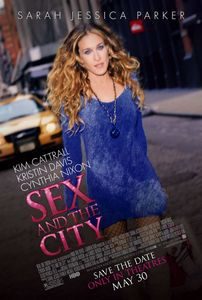

![Ich seh ich seh [Goodnight Mommy] (2014)](https://www.christian-sauve.com/wp-content/uploads//goodnight-mommy-2014-202x300.jpg)
